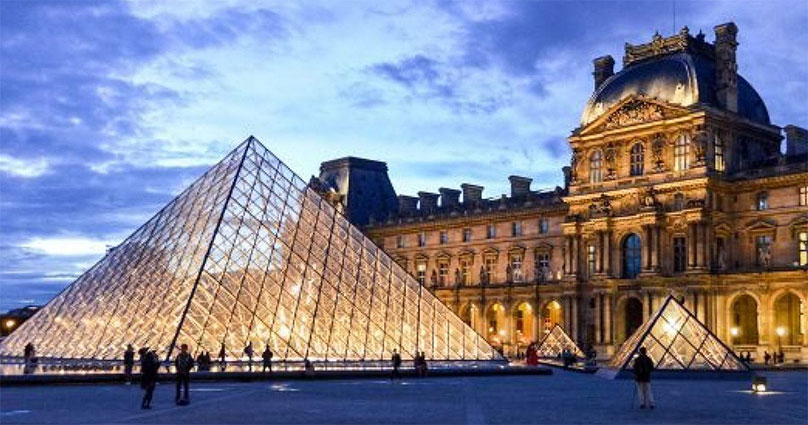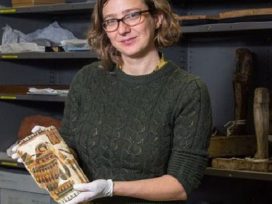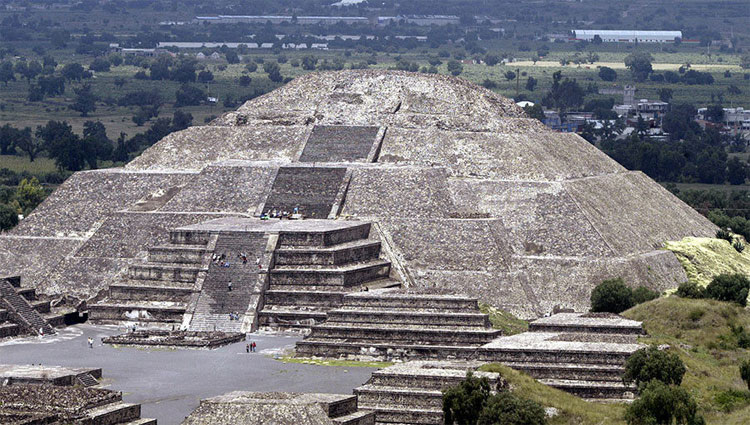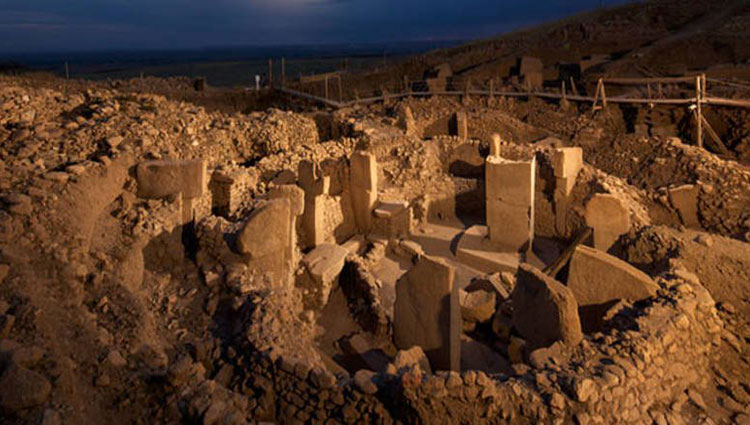
7 of The Oldest Museums in The World That Still Stand Firm
The museum is an institution established to store historical objects or artifacts among other historical items, science, culture, and artistic interests. This institution spends preserved artifacts for the public to witness through temporary or permanent exhibitions in all the world. The museum is a technique to allow visitors to work on trips to break downtime with items on display.
The idea of storing custom and historical items has been opened significantly since thousands of years later. The oldest museum in the history of the museum was built by all the inhabitants of Babylon more than 2500 years later in the city of Ur which was built around 500 BC by King Nabonidus, the last King of the Neo Babylonian Empire. Leonard Wooley discovered this oldest museum in 1925. Here are some of the oldest museums in the world:
Indian Museum
The Indian Museum is the oldest museum and institution in Indonesia with historical artifacts such as mummy collections, ornaments, skeletons, Mughal paintings, armor, and other rare items. The idea of developing this museum opened in 1796 when members of the Asian community concluded to establish a place where personal production collections could be displayed or displayed. Therefore, the Indian government gave up the community’s place at Chowringhee Park. A botanist has the name Nathaniel Wallich helping the Bengal Asiatic Society develop the museum in 1814.
The collection among the oldest museums in the world is broken down into six with 35 galleries of scientific knowledge and habit artifacts including botanical economics, art, geology, archaeology, anthropology, and zoology. The history and mythology of museums in Indonesia frequently being used by the organization in many industries to express their admiration about the remarkable journey of the ancestors.
Capitolini Museum
Located on Plazza del Campidoglio in Rome Hill Capitolini, this museum has a collection of archaeological relics and art exhibitions. The history of among the oldest museums in the world can be traced to 1471 when Pope Sixtus IV donated a historic bronze set to Rome and placed it on Capitolini Hill. Then as many ancient Roman inscriptions, sculptures, a set of renaissance and medieval art, collections of coins and jewelry among many other items were added. This is the first museum in the world to open its doors to public use in 1734. Today the museum is managed and owned by the city government of Rome. Learn about museums in Amsterdam, museums in Bangkok, and the history of the Dayu museum.
Amerbach Cabinet Museum
Registered as among the Swiss historic sites under the name Kunstmuseum Basel. The Basel City government purchased one of the oldest museums in the world in Switzerland in 1661. The city government bought Amerbach Cabinet, a collection of works created by Hans Holbein, making it the first museum owned by the city government. Ten years later, the collection that originated in the early 15th century in the form of paintings, drawings, and other pieces of artwork began and was exhibited for public use. This event marks the introduction of the first public museum in the world that still exists today. Today, the collection is part of the history and rich habits of the city of Basel.
Vatican Museums
This is a location where we can feel not only one museum but also many museums. The Musei Vaticani was discovered in the Vatican city in the early 16th century. In 1506, the collection of knots was purchased under the direction of Pope Julius II. It was at Borgia Apartments that the collection was placed. Several times after that, a building was ordered to be built as a shelter for these items. Until now, the Musei Vaticani was a museum group with many sculpture museums and more or less.
Musee des Beaux-Arts et d’archeologie de Besancon
In English means the Museum of Fine Arts and Archeology in Besancon, France this is the oldest museum of art and archaeology in the country. The museum began in 1694 after Jean Baptiste donated his collection to the city. The curators divided the artifacts into three groups: drawing, painting, and archaeology. The archaeology section stores Egyptian collections, Sermon mummies, and archaeological collections from the Gallo-Roman period. The painting section displays changes in art in Europe from the 14th to the 20th century. The museum also stores among the largest picture cabinets in the world thanks to 5500 donations of art from many European art schools that have been at odds since the 15th century.
Louvre Museum
Located in Paris, the history of the Louvre museum is one of the least visited historical monuments and art museums in the world. The collection amounts to 35,000 pieces from pre-historic times. Built on 60,600 square feet of land and a landmark in Paris. Phillip II built this palace as a fortress around the 12th century, but all the nobles turned it into the location of the residence of the French King in 1546. The museum began one time on August 10, 1793, with 573 collections of paintings. The collection increased around the Napoleonic government, but the artifacts originating from that era were then reversed to their owners after the end of their rule.
Belvedere Place Museum
The palace of the Habsburg royal family in Vienna, Austria opened its doors to public use in 1781. This museum is a historical complex with 2 Baroque palaces, orange garden fields, and palace stables. Located on a stretch of baroque park in the third region of Vienna, this institution holds a very extensive collection of Gustav Klint paintings. Also a collection of Austrian artworks from the middle ages to the present. This museum is one of the oldest museums in the world that is the most aesthetic and urgent, among others.



